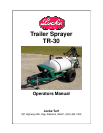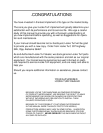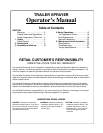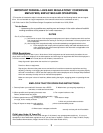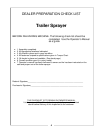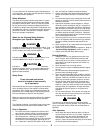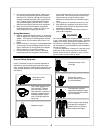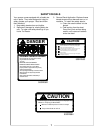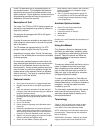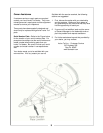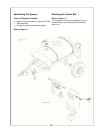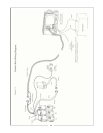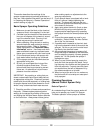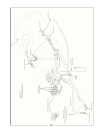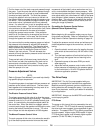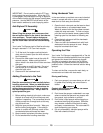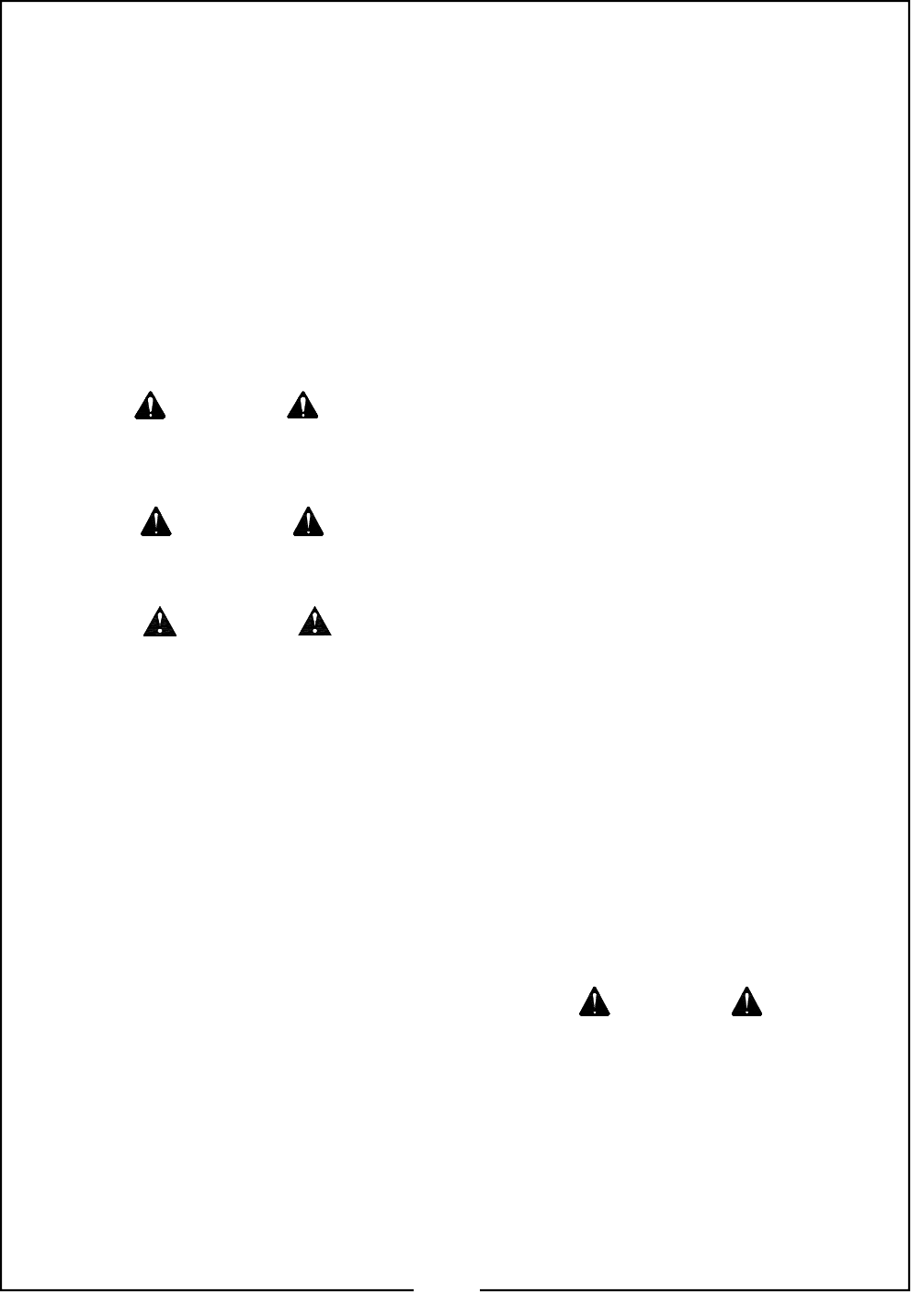
For your safety and to develop a better understanding of
your equipment, thoroughly read the Operator’s Sections
of this manual before operation.
Safety Notations
The safety alert symbol indications that there is a poten-
tial hazard to personal safety involved and extra safety
precautions must be taken. When you see this symbol,
be alert and care fully read the message that follows it.
In addition to design and configuration of equipment; haz-
ard awareness, concern, prudence and proper training of
personnel involved in the operation, transport, mainte-
nance and storage of equipment.
Watch for the following Safety Notation
throughout your Operator’s Manual:
Indicates an imminently hazardous situation which, if not
avoided, will result in death or serious injury. This signal
word is limited to the most extreme situations.
Indicates a potentially hazardous situation which, if not
avoided, could result in death or serious injury.
Indicates a potentially
hazardous situation which, if not avoided, may result in
minor or moderate injury. It may also be used to alert
against unsafe practices.
Safety Rules
These rules and instructions
must be reviewed at least annually
by all operators!
Most accidents are the result of negligence and careless-
ness, caused by failure of the operator to follow safety
precautions Even though your implement has been de-
signed with built-in safety features, the following precau-
tions are mandatory to prevent such accidents.
Make sure everyone that uses this machine has read the
Operator’s Manual and understands how to operate it
safely.
This Operator’s Manual is considered a part of the imple-
ment and should remain with it when loaded or sold.
Prior to Operation
1. Do not allow anyone to operate this machine who
has not been properly trained in its safe operation.
2. Never leave your fill hose attached to the sprayer
after filling the tank. Although your sprayer is
equipped with an anti-siphon device, if the vent holes
are covered or become plugged, siphoning can oc-
cur. Chemicals in the tank can siphon out of the tank
DANGER
WARNING
CAUTION
3. Use only water to calibrate and test the sprayer.
4. Always check the hand wash tank before taking the
sprayer to the field to be sure it is filled with clean
water.
5. Do not transport sprayer (by loading the vehicle and
sprayer on a trailer or other vehicle) when the tank is
filled with chemicals.
6. Agricultural chemicals can be dangerous. Always
select the correct chemical for the job. Improper us-
age of fertilizers, fungicides, herbicides, insecticides
and pesticides could cause injury to all living things.
7. Always real instructions supplied by the manufactur-
ers before opening chemical containers. Read and
follow instructions supplied by the chemical manufac-
turer carefully before each use.
8. Inform anyone who may come in contact with chemi-
cals or an implement with chemicals of any potential
hazards or safety precautions that should be ob-
served.
9. Store or dispose of all unused chemicals as specified
by the chemical manufacturer.
10. Always wear personal protective equipment. Refer to
“Personal Safety Equipment” section on page 3.
11. Always read chemical labels before using.
During Operation
1. Always be aware of any people that may be in the
area. Players, other maintenance personnel and
others may be on the course. It is the operator’s re-
sponsibility to operate the sprayer and vehicle in a
safety manner!
2. Never dismount from a moving vehicle.
3. Do not leave the vehicle unattended with the engine
running.
4. Do not exceed the calibrated spraying speed and
pressure when operating sprayer.
5. Spray only with acceptable wind conditions, below 5
mph. Carefully note outlying areas of the area to be
sprayed. Make sure wind drift of chemicals will not
affect any surrounding property, people or animals.
6. Be alert to traffic when crossing or operating near
roadways. Always maintain complete control of the
machine. Know your state and local laws concerning
highway safety and regulations. Comply with these
laws when driving the sprayer on any public thor-
oughfare.
7. Do not exceed 20 mph. Drive slowly over rough ter-
rain and use caution when traveling over hilly areas,
especially when the tank is full.
This sprayer can be dangerous and can cause bodily
harm if not properly used or guarded. Stay away from the
pump, drive shaft, electric clutch and drive belt when in
operation.
After Operation
1. Never wash the sprayer tank out within 100 feet of
any fresh water source or in a car wash. Dispose of
leftover chemical in the manner described on the
manufacturers’ label of the chemical used in the
sprayer. Rinse out the tank and spray the rinse water
on the last field that was sprayed.
WARNING
5



